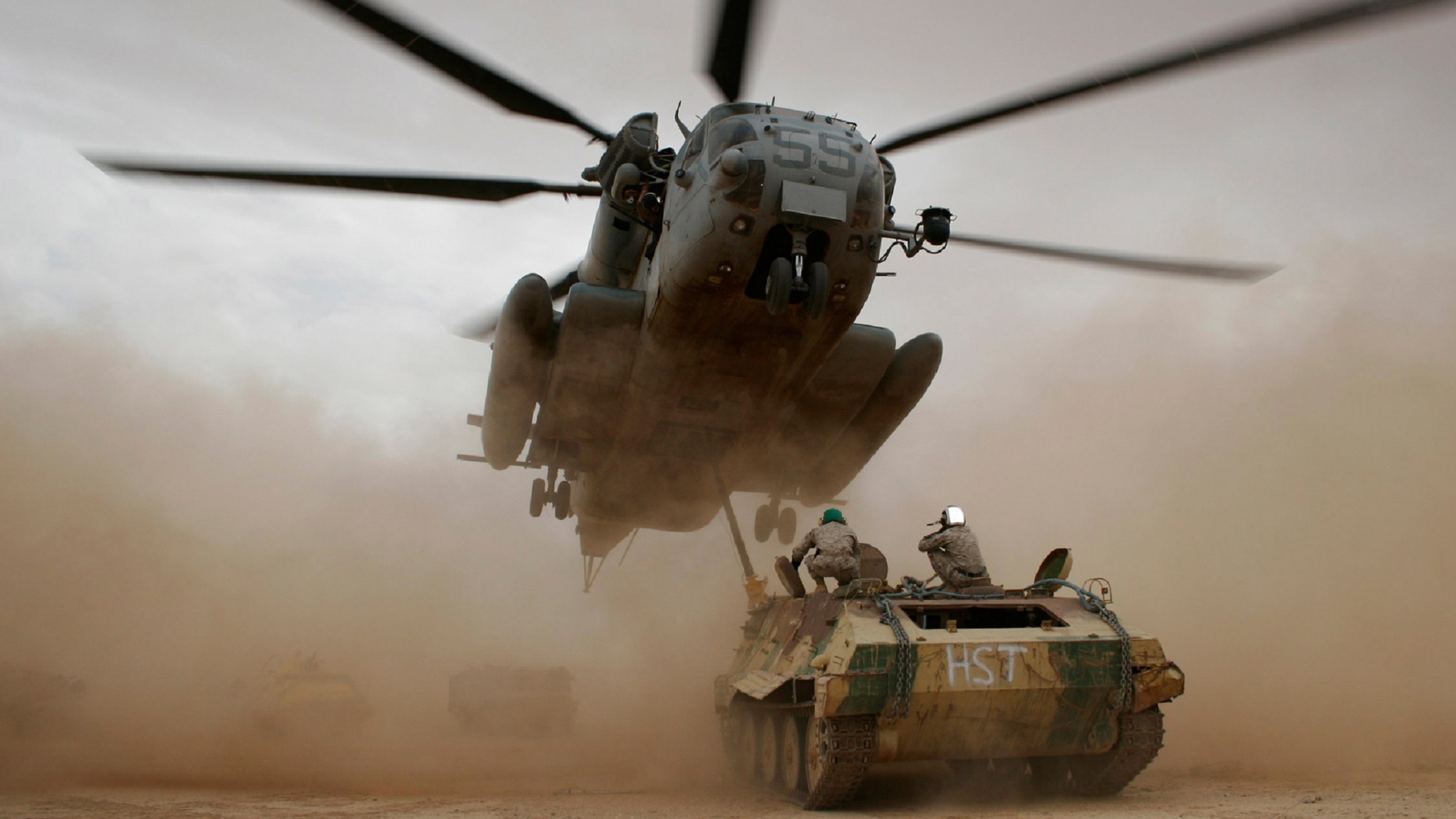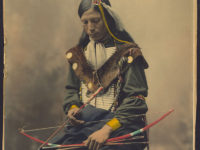Already with the founding of the United States of America from the then 13 colonies on the east coast of North America, it was foreseeable that its expansion would lead further west and thus inevitably to conflicts with the native Indian tribes.
With the Indian Removal Act of 1830, the expulsion of the Indians was not only approved by American policy but also promoted. With this law, it was now possible to drive the Indians to the uninhabited areas west of the Mississippi and to transfer the land left behind to the American settlers. Then there were recurrent uprisings, including the Sac and Fox in the states of Illinois and Wisconsin in 1832, the Creek in Georgia and Alabama in 1836 and the Seminole in Florida 1837.
But even after the expulsion of the Indians, the settlers turned to the West.
The first arguments:
The first real warfare between the Indians and the settlers took place in Minnesota in 1862, when the US government failed to ratify its own laws quickly enough to transfer Indian territories against money and goods. This led to attacks by the Dakota on settlers, which lasted for about 3 months until the conflict with the hanging of 38 Indians on December 26, 1862 ended. The remaining members of the tribe were expelled to Nebraska and South Dakota, with their real land being ceded to the United States.
In 1864, there was another conflict in Colorado, as the tribal chieftain of the Cheynne and Arapaho asked for peace between his militant warriors and the incoming gold miners. The talks were held at Fort Lyon, with the Indians later attacked in their camp by some 700 Colorado militia soldiers led by Colonel John Chivington. The chief himself survived the attack, but around 150 Indians died, resulting in a one-year conflict between the Indians and the US Army in the area. Raids, guerrilla warfare and massacres characterized this conflict.
Also after the discovery of gold, a similar conflict broke out in the region of Montana between Indians of the Sioux tribe and gold miners. After the Indians made several attacks on the miners, the US military decided to set up 3 forts in the area. These were repeatedly attacked by the Indians and travelers taken hostage. When Captain William Fetterman tried to free the hostages on December 21, 1866, with around 80 soldiers, they were ambushed and massacred. The conflict in this region continued for another two years until chief Red Cloud was the first chieftain to conclude a peace treaty with the US, which included the abandonment of the forts and the withdrawal of the gold miners. For the Indians, a large reserve was also created in South Dakota (including the Black Hills).
The relapse of the US government:
The peace treaty with the Indians lasted only 6 years. After gold was also found in the Black Hills, the gold miners also pushed into this region, which again led to conflicts with the Indians living there. The chiefs of the Sioux and Cheyenne Sitting Bull and Crazy Horse defended themselves with their warriors doggedly against the invading settlers. In 1876, the US government responded by sending 3 armies of the US Army into the area to fight the Indians. The Sioux Indians achieved the biggest victory during the Battle of Little Big Horn when they encircled the cavalry unit of Lieutenant Colonel George Custer and then massacred 225 soldiers. Only with the additional soldiers who were used in 1881, the Indians could be defeated and forced to surrender.
The end of the Indian wars:
At the end of the 19th century, most of the remaining tribes were in reservations. Only rarely have there been a few outbreaks, which were quickly smashed by the US Army again. Thus, although the war conflicts were mostly settled, but the Indians lived in their assigned areas under some pathetic conditions. On the one hand, the areas were usually too small to be able to supply the residents there adequately, on the other hand, the Indians had been deprived of their livelihood by the almost complete extinction of the buffaloes.
Interesting to know:
It was estimated that around 10 million Indians lived there when the first European settlers arrived in North America. In 1900, their number had shrunk to 250,000 due to wars, disease and famine.
You can find the right literature here:
National Geographic The Indian Wars: Battles, Bloodshed, and the Fight for Freedom on the American Frontier

National Geographic The Indian Wars: Battles, Bloodshed, and the Fight for Freedom on the American Frontier Hardcover – October 24, 2017
From Lakota warrior Crazy Horse to legendary Geronimo of the Apache Wars, this sweeping history of the American West tells the story of those who defended Native American lands—and the Native American way of life—from the 1850s through the end of the nineteenth century.
This majestic narrative reveals little-known tales of Native American history, setting each event in the larger historical context of the transformation of the West. In elegant National Geographic style, hundreds of illustrations, maps, photographs, and artwork lay bare the bloody conflicts between Native Americans and European encroachment.
Five stirring chapters reveal the five major types of conflicts involving Native Americans: the wars of resistance, the wars between empires, the wars betweeen the tribes, the wars of conquest, and the wars of survival. Within each chapter, vivid accounts of each battle tell the gripping stories of the major players, the point of combustion, and the tragic results.
Readers will also get to know each tribe as distinct people, ranging from the so-called "civilized tribes" to the more aggressive warrior cultures. Rarely seen photographs and illustrations paint a vivid portrait of the time, featuring such notable figures as Kit Carson and Sitting Bull.
Filled with original National Geographic maps, informative timelines, and a complete index, this extraordinary book captures one of the most significant moments in American history.
The Earth Is Weeping: The Epic Story of the Indian Wars for the American West

The Earth Is Weeping: The Epic Story of the Indian Wars for the American West Hardcover – Deckle Edge, October 25, 2016
With the end of the Civil War, the nation recommenced its expansion onto traditional Indian tribal lands, setting off a wide-ranging conflict that would last more than three decades. In an exploration of the wars and negotiations that destroyed tribal ways of life even as they made possible the emergence of the modern United States, Peter Cozzens gives us both sides in comprehensive and singularly intimate detail. He illuminates the encroachment experienced by the tribes and the tribal conflicts over whether to fight or make peace, and explores the squalid lives of soldiers posted to the frontier and the ethical quandaries faced by generals who often sympathized with their native enemies.
American Indian Wars: A History From Beginning to End
The American Indian Wars, a series of conflicts between white settlers and Native Americans which took place in the seventeenth, eighteenth and nineteenth centuries, were complex, brutal and many. An official United States Census report published in 1898 noted at least 40 wars which had taken place in the previous 100 years. The total number of individual wars probably numbers well over 100, though many were localized and on a very small scale.
Wounded Knee
Dee Brown's bestselling adult book, Bury My Heart at Wounded Knee, opened the eyes of a generation to the Indian struggle to survive the white man's expansion. This young adult edition relates the profoundly disturbing story of the plunder of the great Indian nations.
This post is also available in:
 Deutsch (German)
Deutsch (German)  Français (French)
Français (French)  Italiano (Italian)
Italiano (Italian)  简体中文 (Chinese (Simplified))
简体中文 (Chinese (Simplified))  Русский (Russian)
Русский (Russian)  Español (Spanish)
Español (Spanish)  العربية (Arabic)
العربية (Arabic)















